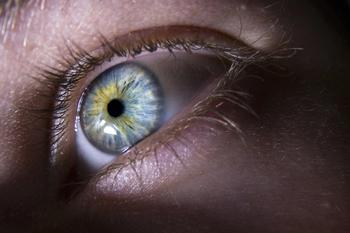
The program features an update on faricimab, plus diabetes, choroiditis, retinitis pigmentosa, and late-breaking reports.

Lynda Charters Enoch started her early “eye life” at the Schepens Eye Research Institute, Boston, which ultimately culminated in her current position as an Editor of Ophthalmology Times.

The program features an update on faricimab, plus diabetes, choroiditis, retinitis pigmentosa, and late-breaking reports.
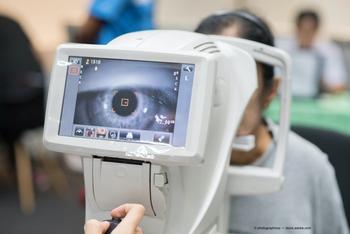
Bradley Smith, MD, presents at AAO 2020 on how fingolimod 0.5 mg, a first-line treatment for multiple sclerosis, may reduce both the number of relapses and disease progression in patients with relapsing-remitting MS as well as the incidence of uveitis.
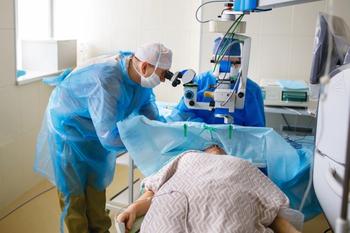
During AAO 2020, Neal H. Shorstein, MD, explains how physicians at Kaiser Permanente have a streamlined regimen using a prophylactic drop-free drug before cataract surgery for more than a decade.

During AAO 2020, Kathleeen B. Digre, MD, details how a headache in conjunction with visual loss is a scenario that requires an in-depth examination, including evaluation of the visual fields, pupils, and fundus to gather clues to the diagnosis.

Tamer Mahmoud, MD, PhD, discusses autologous retinal transplant (ART) for macular holes, a procedure he developed, which is providing anatomic hole closure in the vast majority of cases as well as increases in visual acuity.

In a presentation at the American Academy of Ophthalmology’s virtual 2020 annual meeting, Amy K. Hutchinson, MD, explained that while Myopia has been occurring at epidemic rates worldwide, research has found that the use of orthokeratology and multifocal contact lenses can provide clinically meaningful reductions in myopia progression.

Gene therapy for X-linked retinitis pigmentosa is achieving significant visual gains at 1 year mark.
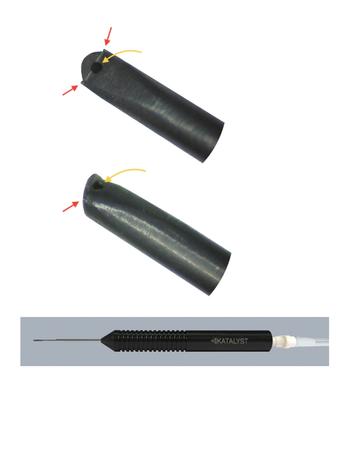
During Day 1 of AAO 2020, Carl Awh, MD, discusses the Micro-Vacuum Pick, a device for peeling internal limiting membranes that's providing vitreoretinal surgeons an alternative to forceps during surgeries.

At AAO 2020, Fernando Arevalo, MD, PhD, details the use of anti-VEGF therapy for the treatment of retinal arteriolar macroaneurysms that are near the fovea.
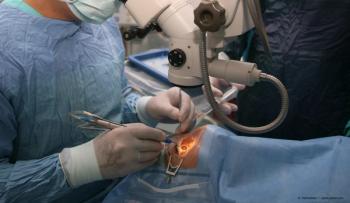
Silicone rubber balloon scleral buckling is a novel alternative to the current extraocular procedures for treating simple rhegmatogenous retinal detachments. Investigators have found that this surgery may be a novel alternative to the current extraocular procedures for simple RRD.

In one of the first studies of the faceup position, researchers found its use after vitrectomy of rhegmatogenous retinal detachment may be beneficial in some patients.

A team of researchers has found that the diameter of retinal veins may be linked directly to the severity of COVID-19. Assessing the retinal veins may be a part of diagnosing and managing the disease.
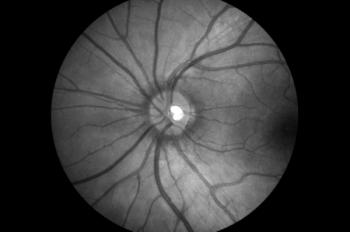
High-quality images can be useful for early diagnosis, prognosis, monitoring

Dr M.M. Alberto Pestano explains how optic neuropathy can present as a masquerade syndrome. He highlighted a case of unilateral infiltrative optic neuropathy that presented as a masquerade syndrome in a man with esophageal adenocarcinoma.

According to Dr Jose Ignacio Fernandez-Vigo, follow-ups can be affected by comorbidities, anxiety about injections, and long waits in the clinic
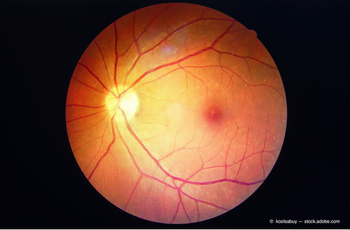
Dr Tunde Peto explains that the rate of blindness from diabetes continues to increase by 8% annually and the only way to prevent this may well rest with well-planned, evidence-based services.
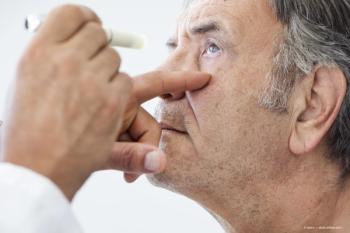
A port delivery system with ranibizumab with dosing every 24 weeks has been shown in a Phase III trial to be equivalent to monthly intravitreal ranibizumab injection to treat neovascular age-related macular degeneration, according to Dr Carl Regillo, who reported on behalf of the Archway Trial investigators.

Heads-up surgery is moving into the next generation of vitreoretinal surgery, with novel technologies being developed for surgeons.

The first reported clinical results of a Phase I study following implantation of the 3-D neural interface retinal prosthesis showed it is safe in patients with end-stage retinitis pigmentosa.

Investigators find that nanoparticles deliver gene therapy successfully in mice, rats

Automated assistance controls tremor, reduces fatigue, and helps avoid inadvertent injury

Ophthalmologists remain in touch with colleagues while maintaining social distancing

This ability would unlock possibilities for repairing tissue damaged by disease
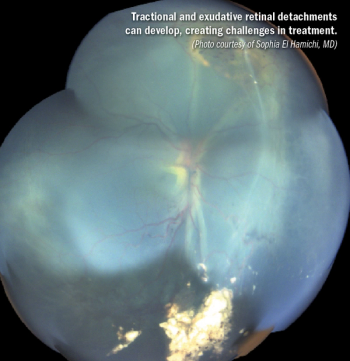
Watchful waiting may prove to be beneficial in complicated cases

Intravitreal gene therapy continues to be well tolerated; shows robust efficacy
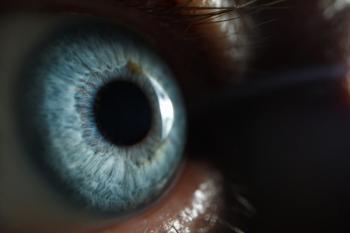
Though OCTA has become indispensable for managing macular degeneration and diabetic retinopathy, Robert L. Stamper, MD, explains why the technology must become more sophisticated and evolved before it reaches its full potential for glaucoma specialists.

Find out how the LIGHTSITE I results may pave the way for a new treatment approach.

The FDA has issued an emergency use authorization to allow treatment with COVID-19 convalescent plasma for patients who are hospitalized with the disease.

PDS with ranibizumab is proving to be an innovation solution for nAMD patients. Peter Campochiaro, MD, detailed findings of phase 2 of the Ladder Trial and ongoing Archway Trial during the virtual 2020 ASRS annual meeting.

The results of the Protocol T Extension Study underscore the need for methods to improve long-term visual gains in eyes with diabetic macular edema, according to Dante Pieramici, MD, on behalf of the DRCR Retina Network, during the American Society of Retina Specialists 2020 Virtual Annual Meeting.